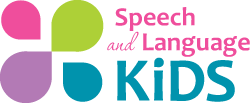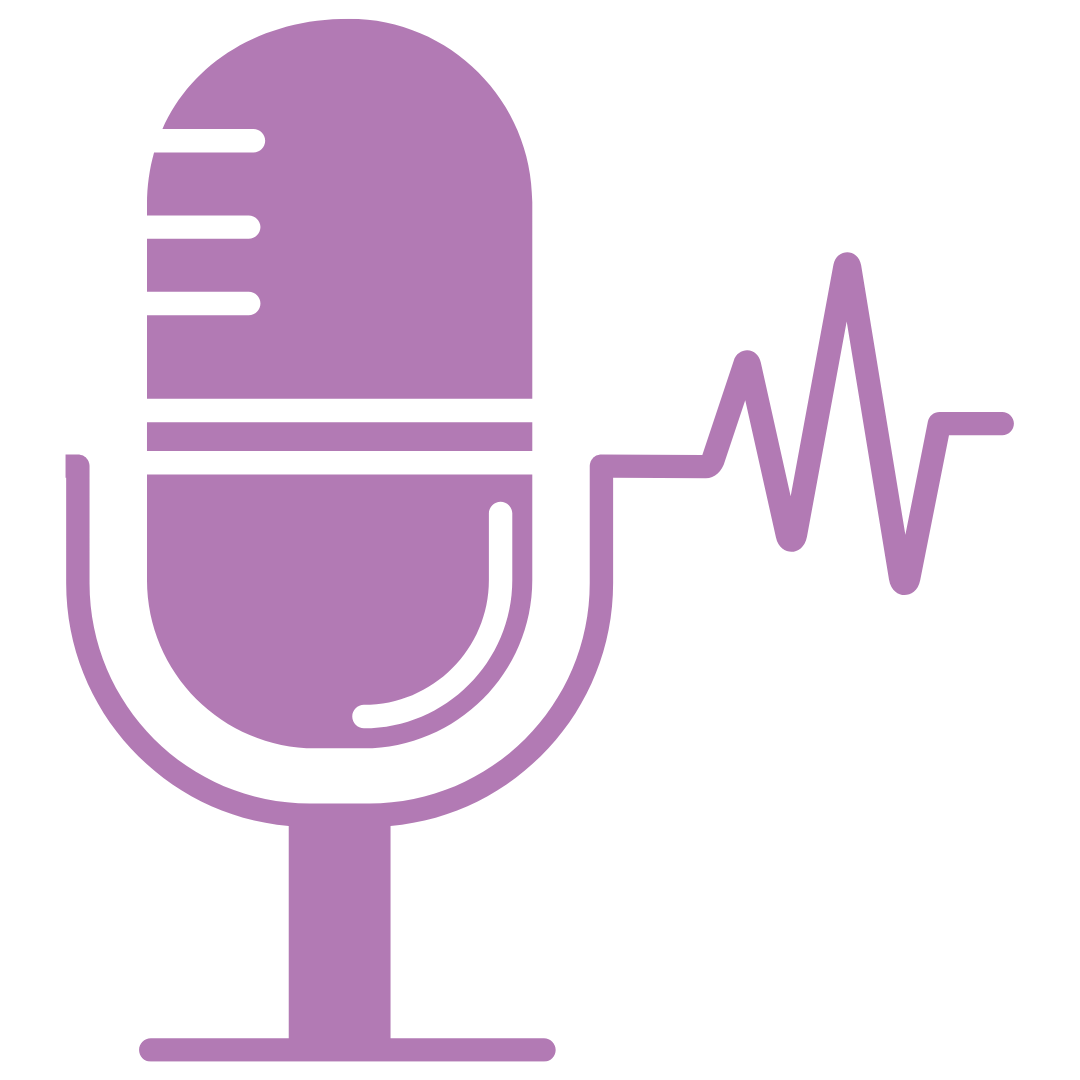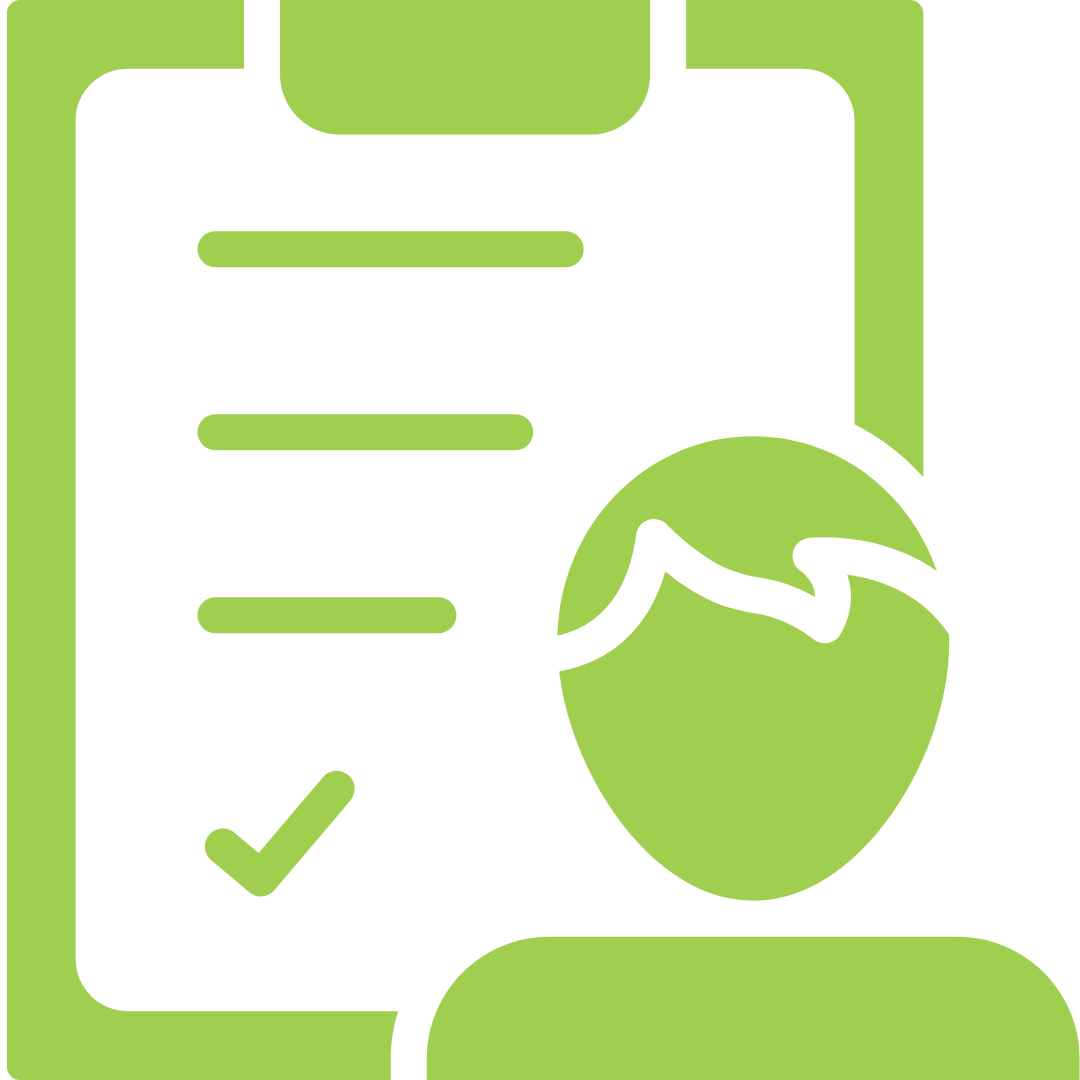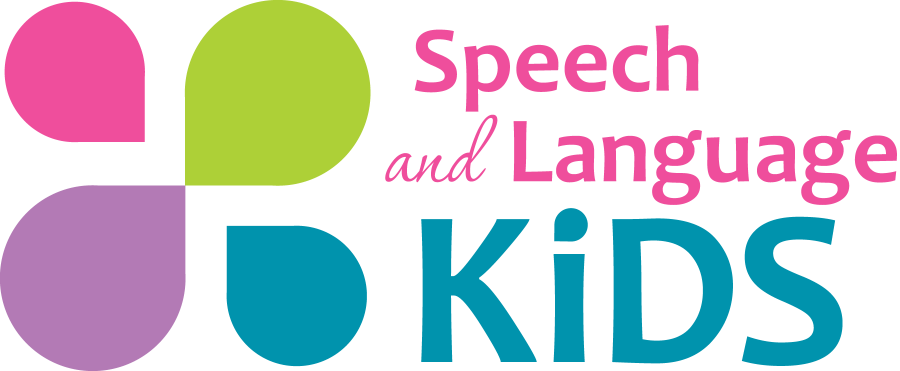Ahmad’s Story: Childhood Apraxia of Speech and the Motor Speech Pathway
In this episode, Carrie shares the story of a sweet 5-year-old boy named Ahmad (name changed for privacy) and his journey with childhood apraxia of speech. From using AAC to working through early speech sounds, Carrie walks through the specific framework and strategies that helped Ahmad go from frustration to finding his voice.
If you’re working with a child who struggles to speak but clearly has a lot to say, this one’s for you.
Listen to the Podcast Here
You can listen to the full podcast episode below:
What is Childhood Apraxia of Speech (CAS)?
Carrie kicks off the episode by explaining what childhood apraxia of speech is—a motor speech disorder where the brain knows what it wants to say, but the message doesn’t make it clearly to the mouth. Ahmad had CAS along with other developmental and medical challenges, which made early intervention even more important. Carrie talks about what apraxia can look like in a preschooler and how it can affect speech production in unpredictable ways.
Using the SLK Framework to Plan Therapy
Carrie walks through how she applied the Speech and Language Kids Framework to Ahmad’s case. The first step? Identifying the areas of communication that needed the most support. For Ahmad, that meant:
- Functional communication (getting needs met)
- Speech production (expressing himself verbally)
From there, she explains how they chose two primary therapy pathways:
- AAC (Augmentative and Alternative Communication) for functional communication
- Motor Speech Approach for targeting simple, early speech patterns
Introducing AAC (and Managing Parent Concerns)
Ahmad’s story isn’t just about the therapy—it’s about the people involved, too. Carrie shares how she encountered resistance from Ahmad’s mom about using AAC, particularly because of concerns around manipulation and behavior due to reactive attachment disorder.
Instead of pushing her agenda, Carrie modeled collaboration by calling a team meeting. Together with a behavior specialist and the family, they developed a plan: Ahmad could use the AAC device, but would also be encouraged to attempt speech with each use. This balanced approach honored everyone’s concerns while still supporting Ahmad’s communication.
Targeting Early Speech Skills with Motor Speech Therapy
With AAC in place, Carrie focused on Ahmad’s expressive speech. She used a motor speech approach, starting with simple word shapes like consonant-vowel (CV) and vowel-consonant (VC) patterns. Key strategies included:
- Selecting core words that were functional (like “go,” “up,” “in,” “bye”)
- Practicing with frequent, short sessions throughout the school day
- Posting word lists in the classroom for consistent reinforcement
- Collaborating with teachers and parents to embed practice into daily routines
Practical Therapy Example: Real-Life Repetition
Carrie describes how she used brief, frequent practice opportunities—like greeting Ahmad at the classroom door and reviewing his core words by his backpack. These mini-sessions, combined with play-based speech therapy and consistent home carryover, helped Ahmad make meaningful progress.
Key Tip: Kids with apraxia benefit from distributed practice—short bursts of practice multiple times a day are more effective than one long session.
Takeaways for SLPs and Caregivers
- Collaboration is key—trust and teamwork with families and staff make interventions more successful.
- AAC doesn’t mean giving up on speech—it can be a bridge to verbal communication.
- Consistent, functional practice helps kids build motor speech pathways over time.
If you’re working with preschoolers with CAS or complex needs, you’ll find loads of practical gems in this episode.
Resources and Links
Join the Next Live Recording
Ready for more? Join the next live podcast recording inside The Hub!
Podcast: Play in new window | Download | Embed
Subscribe: Apple Podcasts | RSS






Leave A Comment